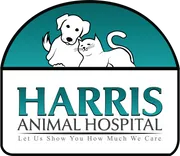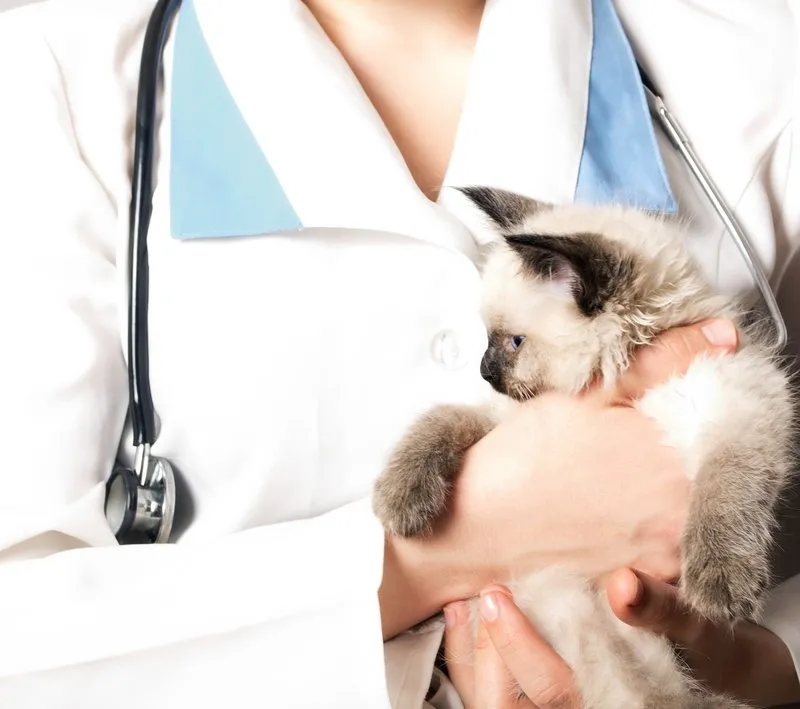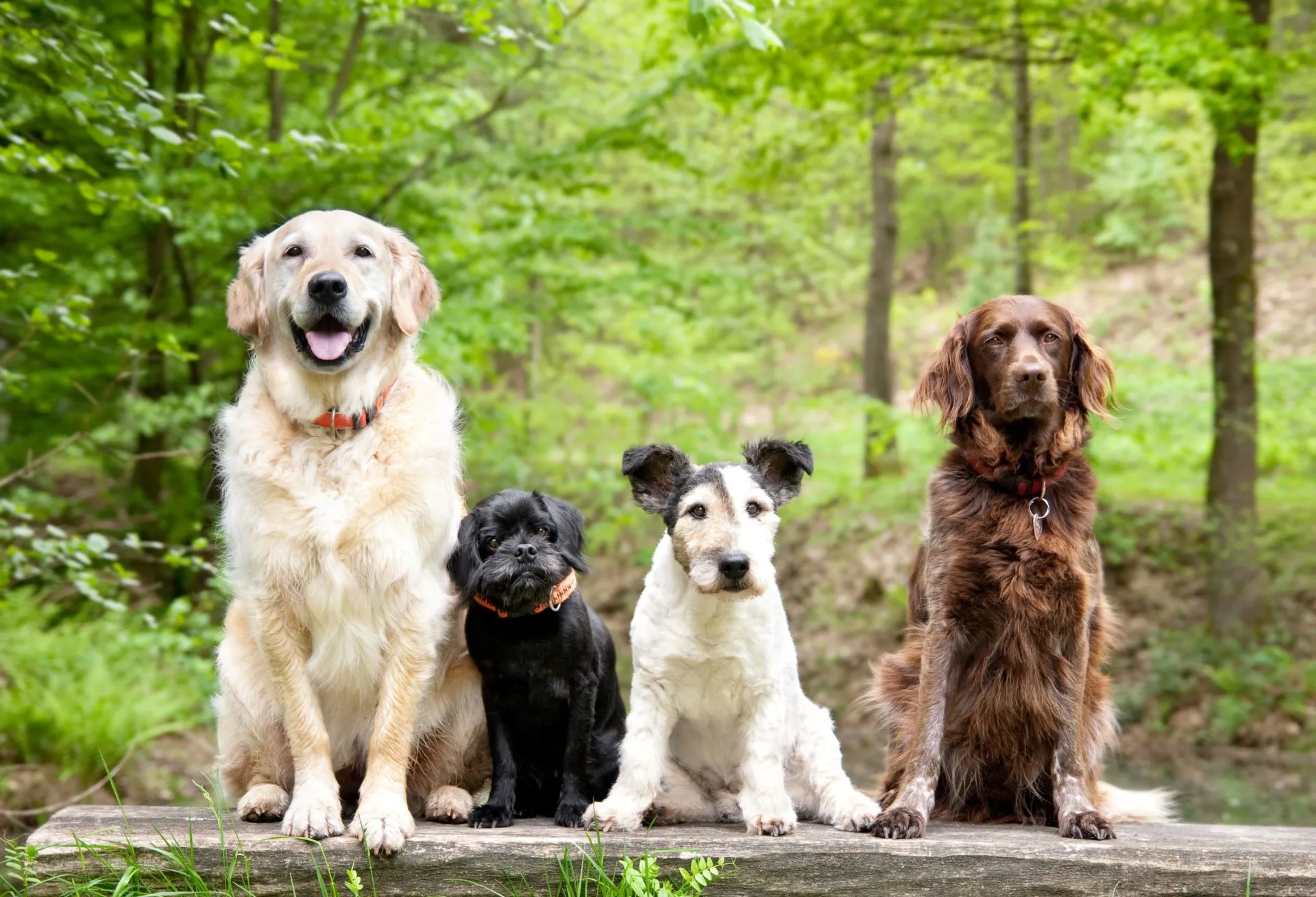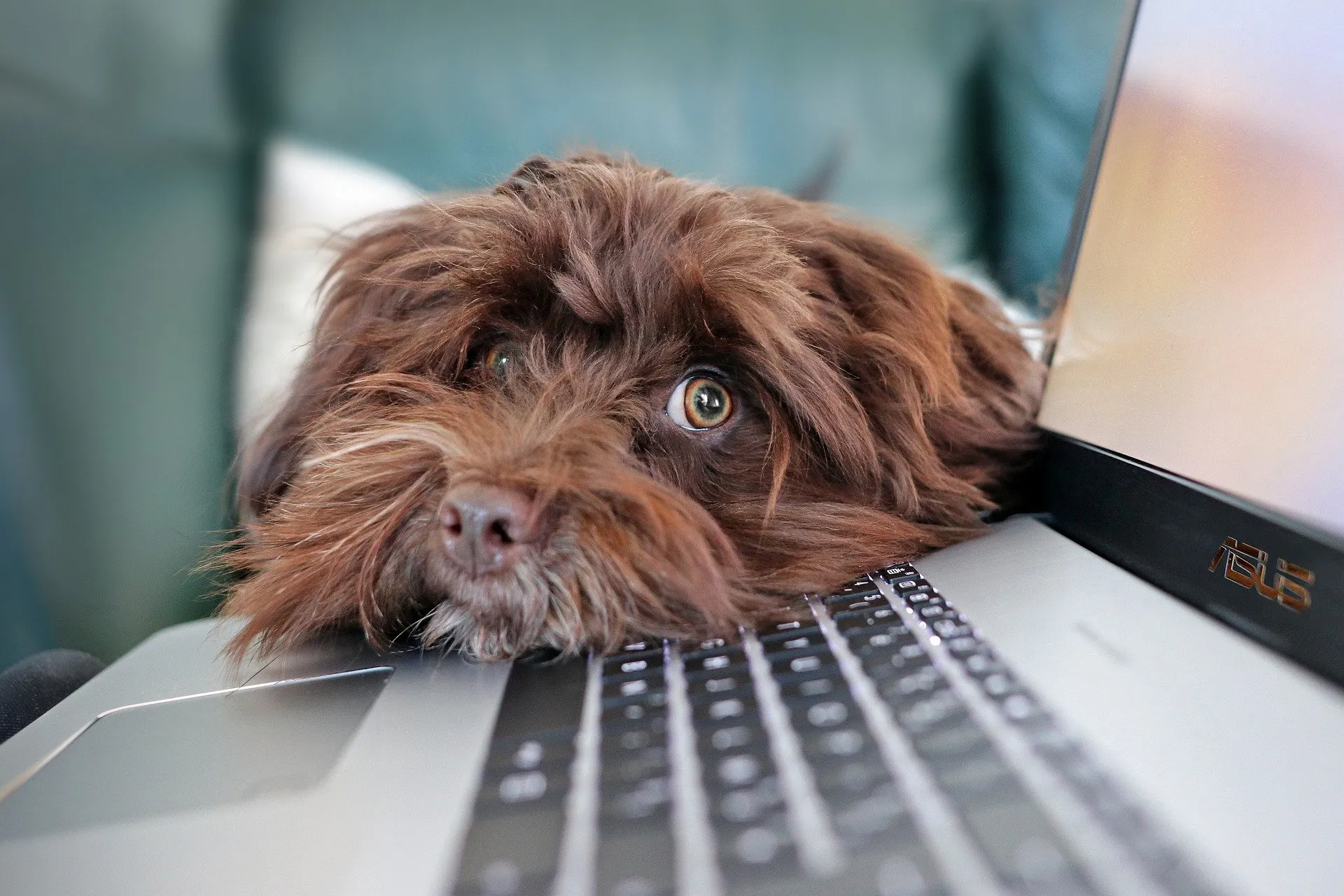Did you know that today, October 15th, is Pug Day? We think all of our canine companions are charming. However, the pug may very well be the most adorable pooch on the planet. A Roanoke, VA vet offers some pug care tips in this article.
Diet
You may have noticed that pugs tend to be, well, a bit round. Pudgy pugs are cute, but they are at risk of developing some very serious health issues. Even giving Fido just ten calories too many each day can cause him to gain weight. Ask your vet for specific advice, including portion sizes, and tips on steeling yourself against that sad stare.
Be Cautious With Those Eyes
Speaking of those big eyes, you’ll need to be careful with them. The shape of Fido’s skull is responsible for those cute bulging bug eyes. It also, unfortunately, leaves them vulnerable to injury. Plus, because your furry friend is so low to the ground, he can easily get dust in his eyes. Avoid putting sharp, pointy things at your pup’s eye level. This is something to keep in mind if you have a garden and want to grow sharp, thick plants, like roses or aloe.
Offer Suitable Exercise
Like other brachycephalic dogs, pugs can get winded very quickly. Even mild exertion can cause them to go into respiratory distress. Be very careful not to overexert Fido, especially in that sweltering summer heat. Most of the time, walks and gentle play should be fine. Swimming is definitely out, but you can let your canine buddy go wading, or perhaps play in a kiddie pool or sprinkler.
Keep Fido Company
Pugs are extremely sociable, and they can get really lonely if left by themselves too much. If you’re out all day, and Fido stays home alone, consider getting him a buddy. (Bonus: doubling the pugs means doubling the cuteness.) For more ideas on activities and how to make this year unforgettable for your dog, check out our article on “Things To Do For Your Dog This Year“. This guide offers various ways to enrich your canine companion’s life and strengthen your bond.
Provide Lots Of Cuddles
Pugs are companion dogs, so their main purpose in life is to look adorable and provide lots of love. Fido will be happiest if he spends a lot of time with you. Pay lots of attention to your canine friend!
Send Us Pictures
We know, we know, this one isn’t technically a care tip. We just never get tired of seeing these adorable faces!
Our Advice on Caring For Pugs
Why is it essential to manage a pug’s diet and weight?
Managing a pug’s diet and weight is crucial because they are prone to obesity, which can lead to serious health issues like joint problems, heart disease, and respiratory difficulties. Pugs tend to gain weight quickly, and even a slight excess can significantly impact their health due to their small size and brachycephalic nature. A balanced diet with controlled portions and regular exercise is vital to maintaining a healthy weight and preventing these associated health risks. Regular vet check-ups can also help monitor and manage their weight effectively. For more information on how we can assist with your pug’s health, visit our “Veterinary Services” page.
What type of exercise is suitable for pugs, considering their brachycephalic nature?
For pugs, which are brachycephalic (having short noses and flat faces), low-intensity exercise is ideal. Short, leisurely walks in cool weather and gentle play sessions are suitable. They can quickly become winded or overheated due to their respiratory structure, so avoiding strenuous activities is essential, especially in hot or humid conditions. Indoor play and mental stimulation games can also keep them active without overexertion. Continuously monitor a pug during exercise for signs of breathing difficulty or distress. Regular, moderate exercise helps maintain their health without putting undue strain on their respiratory system.
What are the best ways to provide affection and attention to a pug?
Providing affection and attention to a pug involves regular, gentle interactions. Pugs thrive on companionship, so spending quality time together is critical. This can include cuddling, petting, and engaging in play sessions that cater to their playful nature. Talking to them and offering positive reinforcement with treats can also strengthen your bond. Pugs enjoy being part of family activities, so including them in everyday routines, like watching TV or reading, helps them feel loved and secure. Remember, each pug has its personality, so observing and responding to their needs for affection and attention is essential.
Why are swimming activities not recommended for pugs?
Swimming activities are generally not recommended for pugs due to their brachycephalic (flat-faced) structure. This physical trait makes it difficult for them to breathe efficiently, which can lead to quick exhaustion and a higher risk of drowning. Additionally, pugs often have a dense body structure that isn’t naturally buoyant, making swimming challenging. While some pugs may enjoy wading in shallow water, owners should supervise closely and avoid deep water or vigorous swimming activities to ensure their safety and prevent respiratory distress.
Why are swimming activities not recommended for pugs?
Swimming activities are often not recommended for pugs due to their brachycephalic (short-nosed) anatomy. This physical trait can make breathing difficult, especially during strenuous activities like swimming. Pugs tend to have poor buoyancy and can struggle to keep their noses above water, increasing the risk of accidental drowning. Additionally, their compact bodies and short legs don’t lend well to swimming. If a pug is a near water, constant supervision, and a well-fitted doggy life jacket are essential for safety. Engaging them in less risky activities that don’t involve swimming is generally safer.
Do you have questions about caring for a pug? Contact us, your local Roanoke, VA animal clinic, today!



